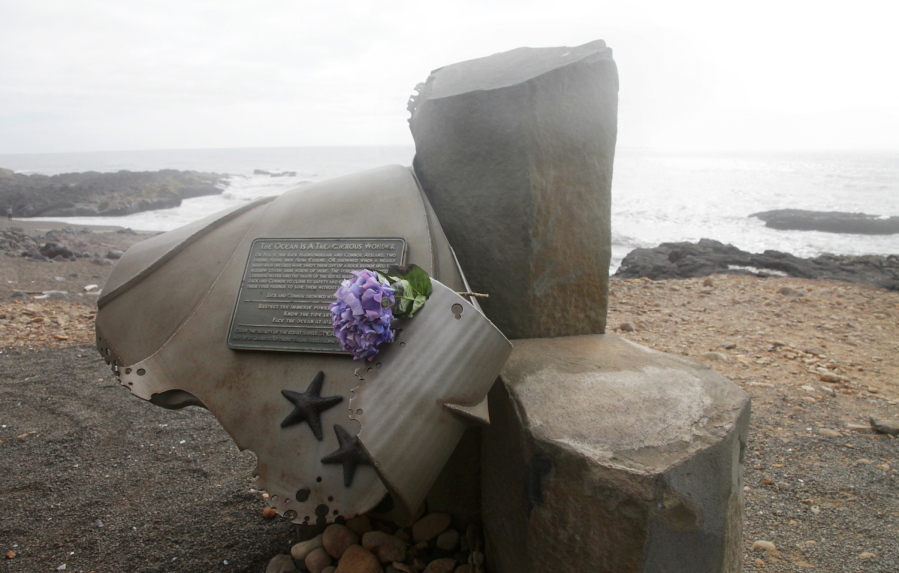PORTLAND — Never turn your back to the ocean.
That’s probably the best piece of advice when it comes to surviving sneaker waves — the sudden, unpredictable surges of water that can knock you over or pull you out to sea. And while there’s no official season for sneaker waves, plotting out major incidents in Oregon shows a seasonal trend.
Since 1990, all major sneaker wave incidents have occurred between October and April, peaking in November and March. In that time, at least 21 people have been killed by sneaker waves on the Oregon coast, and several others have been severely injured.
Victoria Hansen, a rescuer with the U.S. Coast Guard, told The Oregonian/OregonLive the seasonal occurrence could be the result of a more turbulent ocean. Winter storms toss the ocean about more violently, and the runoff from the land only adds to the volume. Tides also tend to be more extreme in the colder seasons, she said, drawing people to the beach when the water is low but pushing them back further come high tide.
“These waves become dangerous when beachgoers are in or near the waterline, and expect that the gentle spilling waves they have been experiencing will continue,” Hansen explained. “The sneaker wave will quickly travel further up the beach than expected, and may sweep people off their feet and pull them back into the surf.”



